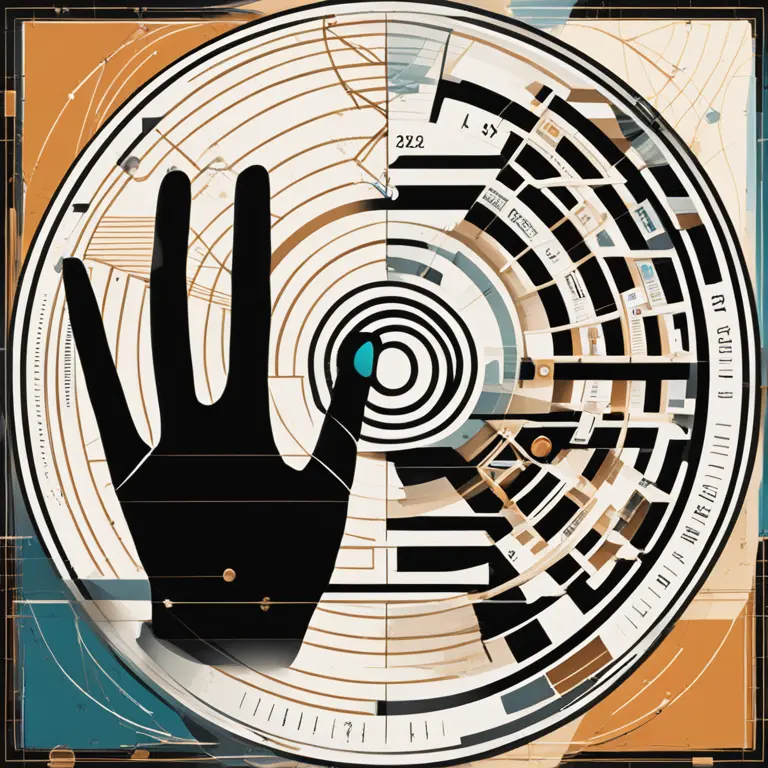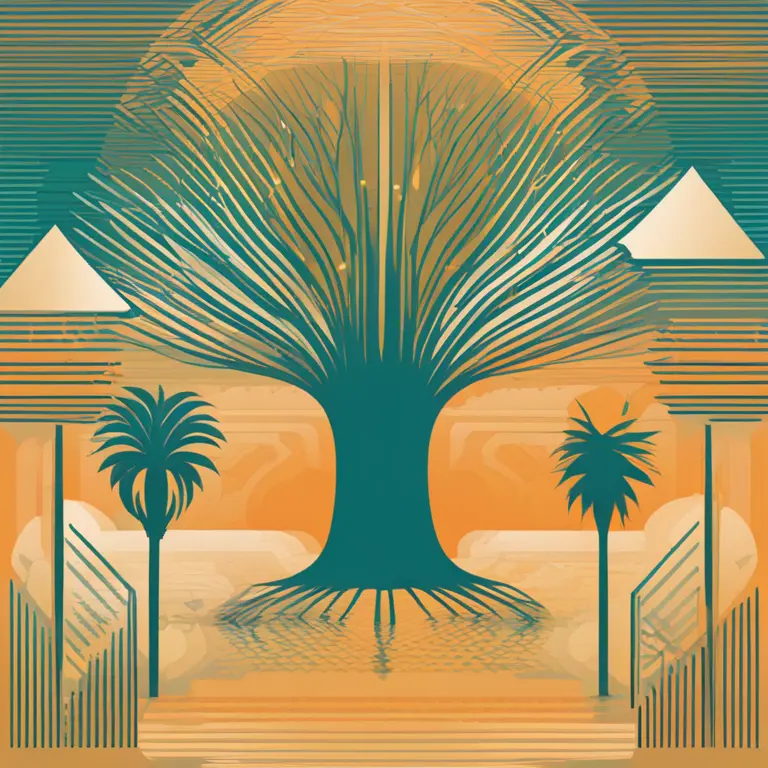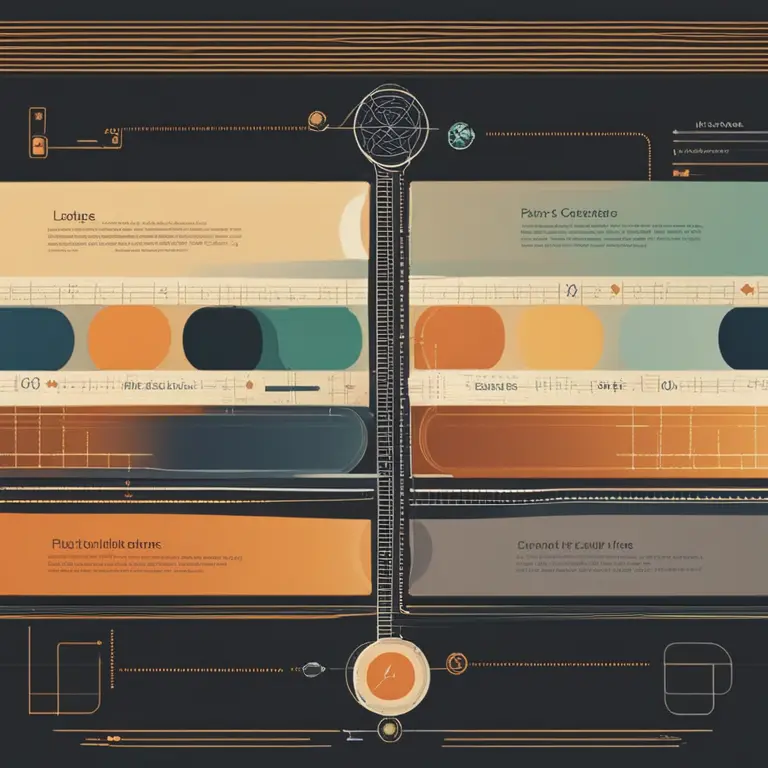
The Life Line in Palmistry: Revealing Vital Insights
Learn about the significance of the life line in palmistry and what it can disclose about your vitality, life experiences, and overall well-being.
article by Nora Pennington
The Essence of the Life Line
Palmistry, a practice as ancient as humanity itself, provides a fascinating window into our lives, character, and future through the study of the hand's lines and features. Central to this practice is the life line, often misconstrued as a predictor of lifespan, though it holds much deeper significance. This curving line typically begins between the thumb and the index finger, swooping around the thumb's base towards the wrist. Traditionally, palmists regard the life line as a barometer of one’s vitality, major life changes, and overall physical endurance rather than a timeline of life's length.

Interpreting the Line’s Characteristics
The length, depth, and curvature of the life line can reveal layers of information. A long, deeply etched line suggests strong vitality and robust health, whereas a short or faint line may imply a need for increased self-care or agility in adapting to life's challenges. Broken life lines might denote significant life disruptions or transformations, while additional lines running parallel can signal supportive life forces or external influences. In contemporary palmistry, the physical and metaphorical interpretations intertwine, guiding an individual's understanding of their resilience and life's richness.

Life Line’s Relationship with Other Lines
The interaction of the life line with other lines on the palm amplifies its meaning. For example, a close proximity to the head line may suggest a cautious individual, while more distance can indicate a more adventurous spirit. Connections to the fate line, if present, align with career or life purpose, and interactions with the health line relate to overall well-being. Understanding these relationships furthers personal insight, as each hand tells a unique story shaped by the lines' dance.

Modern Palmistry Perspective
In the digital age, the discipline of palmistry evolves, embracing innovations and new ways of thinking. Today's palm readers utilize high-resolution imaging and data analysis to enhance their readings, drawing on a combination of traditional knowledge and contemporary psychological insights. Palmistry in 2024 and beyond continues to blend mysticism with practical guidance, aiming to empower individuals in their quest for self-discovery and personal growth.

Life Line Variations and Anomalies
Unique features along the life line, such as islands, chains, or forks, provide additional context to an individual's narrative. Islands may indicate periods of stress or health issues, while chains could reflect ongoing life struggles. A fork at the end of the life line could represent an approaching significant life change, suggesting a dual path or a major decision point. These anomalies invite a deeper exploration of the bearer's experiences and choices.
Reading Your Own Life Line
While professional readings are insightful, exploring your life line can be a profound personal journey. Begin with good lighting and a relaxed state of mind, examining your dominant hand as it often represents your conscious self and outward experiences. Trace the line from its origins to its termination, noting any prominent features and their potential meanings. Keep in mind that palmistry is not deterministic; it provides perspectives rather than concrete predictions, fostering mindfulness and self-awareness.
Published: 1/11/2024
Modified: 1/12/2024
More predictions
Come back here soon to learn more about yourself and your future


Can Palmistry Foresee One’s Demise?
Delve into the contentious debate about whether palmistry can predict the end of life and the ethical considerations of such a claim.


The Essence of Palmistry: Interpreting Lines and Shapes
Delve into the world of palmistry to discover the meanings behind the lines and shapes etched into the palms of your hands.


The Efficacy of Palmistry: Real Insight or Fancy?
Delve into the validity of palmistry as a form of divination. Is there a truth behind the lines on our palms, or is it just a charming fancy?